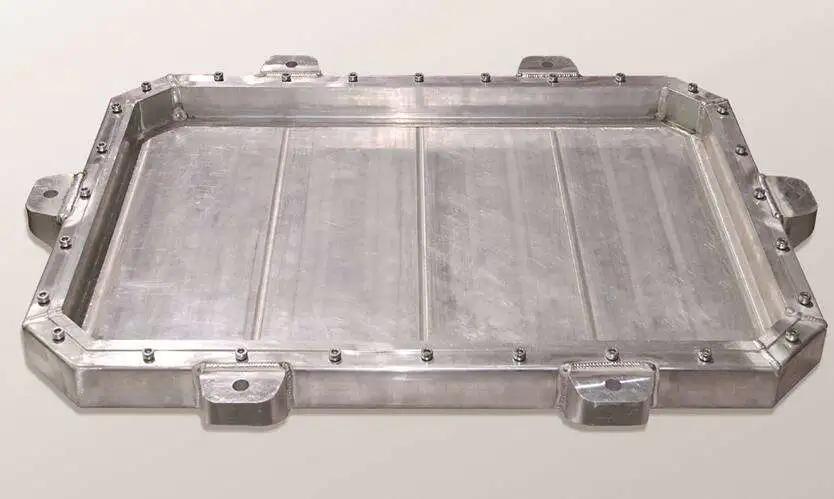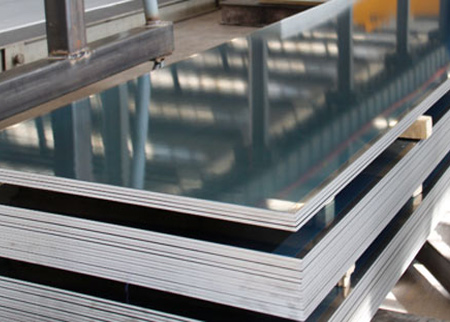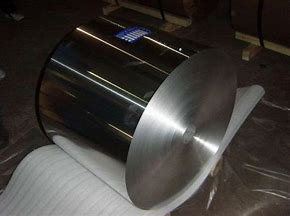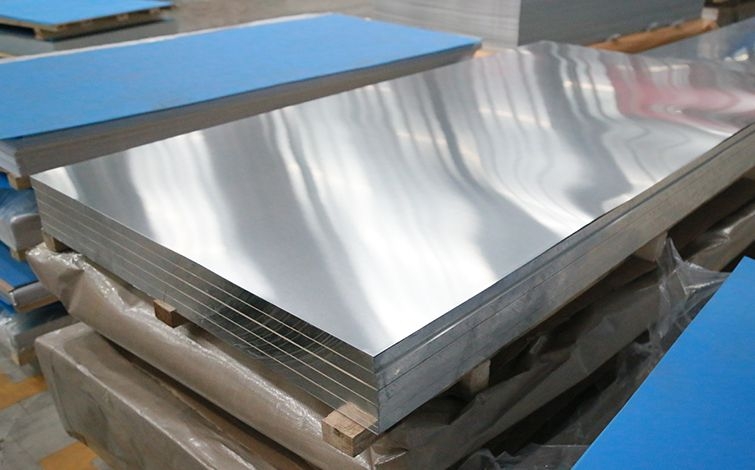



What are the three properties of aluminium? It has a low density, is non-toxic, has good thermal conductivity, is corrosion resistant and is easy to cast, machine and shape. It is also non-magnetic and will not catch fire. It is the metal with the second highest forgeability and the sixth highest ductility.
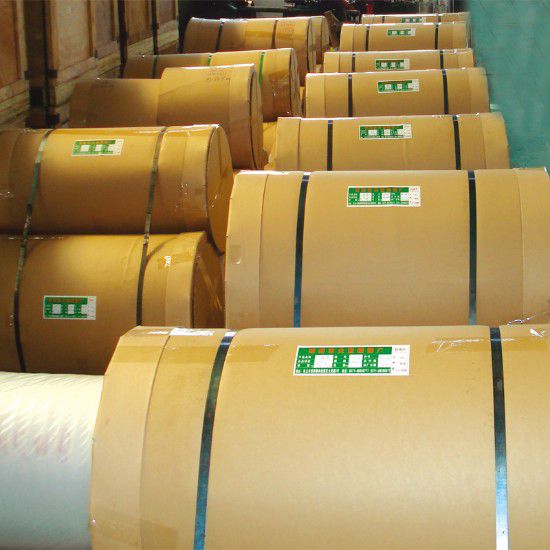
Aluminium is an excellent conductor of heat and electricity. It has half the thermal conductivity of copper and about two-thirds the electrical conductivity. It crystallises in a face-centred cubic form. It has a stable isotope called aluminium 27. Aluminium metal and its oxides and hydroxides are harmless. Aluminium aluminium is added in moderate amounts to certain metals to enhance their qualities for specific uses, for example aluminium bronze and most magnesium-alkali alloys or a large amount of other metals and silicon are added to aluminium in aluminium-alkali alloys.
Aluminium and aluminium alloys are used extensively in the manufacture of aircraft, construction materials, consumer durables (refrigerators, air conditioners, kitchen users) as electrical conductors, chemical and food processing equipment. Casing, cans, foil and other packaging materials are often made from aluminium in the packaging industry. It can also be found in NU in the construction industry where aluminium products are used as kitchenware and clocks, for the manufacture of doors, windows, cables and roofs. It is used in the transport industry for the manufacture of bicycles, spacecraft, vehicles, aircraft, planes and marine equipment. It consists of an alloy containing aluminium. Aluminium is also used in the manufacture of paints, reflective surfaces and electrical cables.
* Thank you for your inquiry. Please provide your business needs information so that we can better serve you.
This information can help us assign the most suitable person to solve your problem. We will give you feedback within 1-2 working days.
Related Blog
